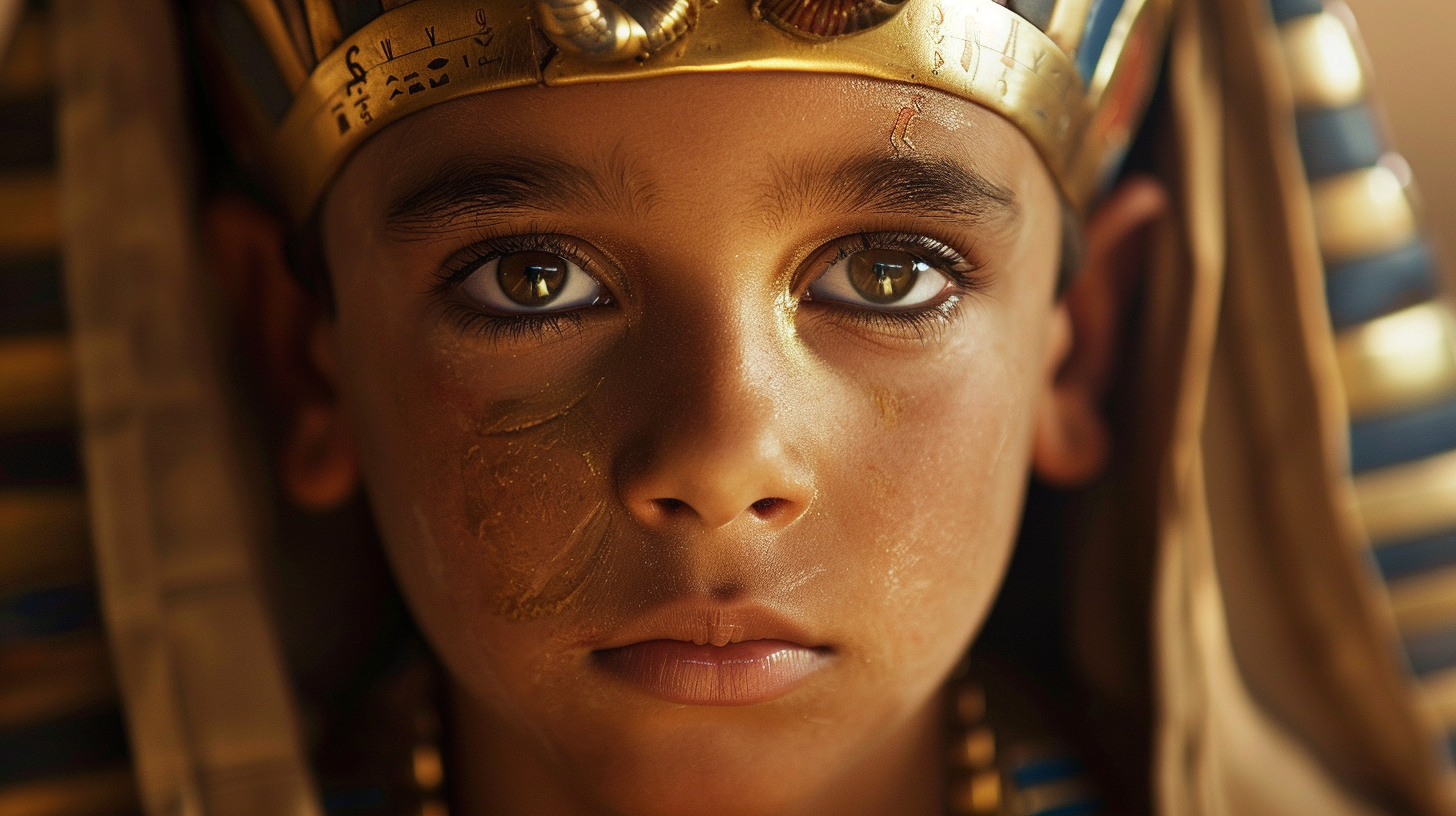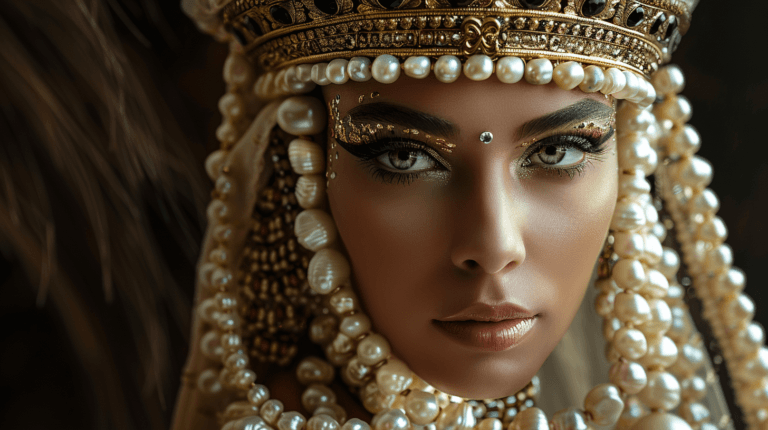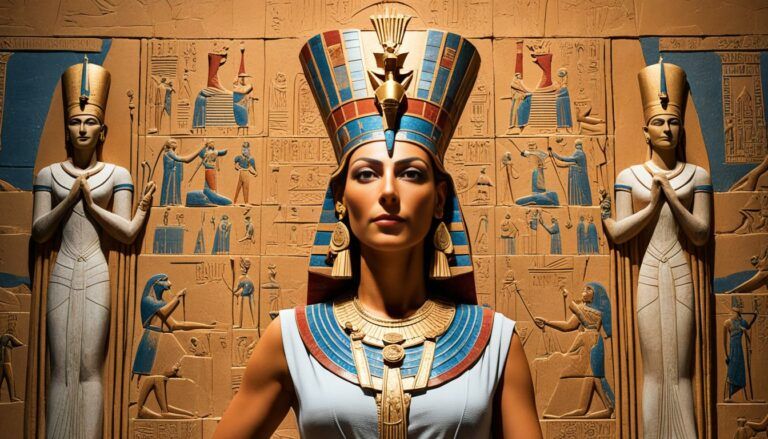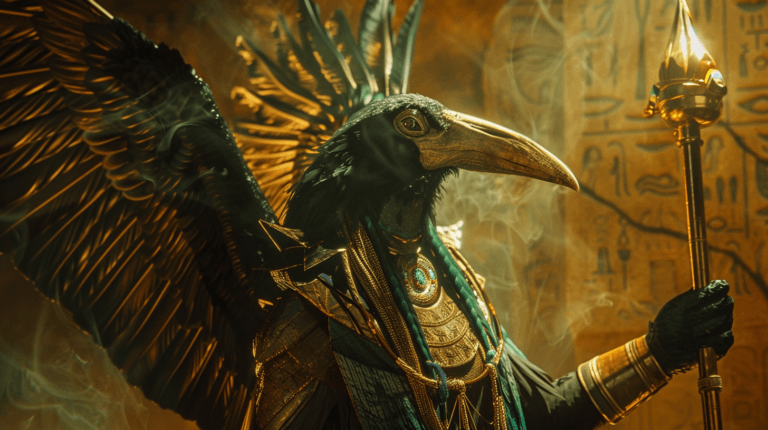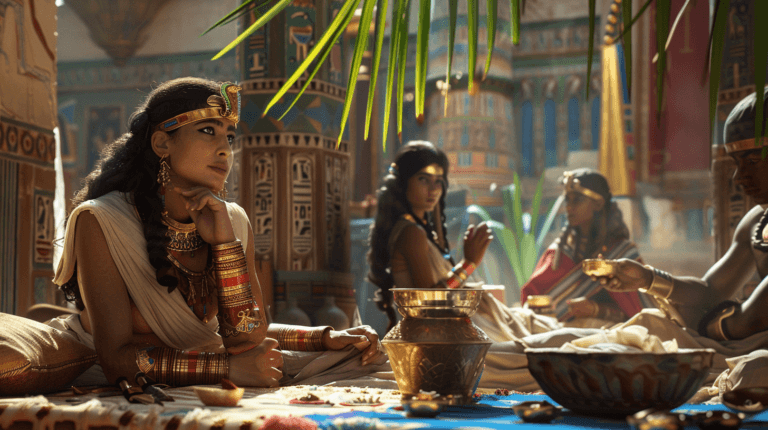How Old Was King Tut When He Got Married?
I often find myself intrigued by the personal lives of the pharaohs of ancient Egypt, and one of the most fascinating figures is Tutankhamun, or King Tut as he is commonly known. Tutankhamun ascended to the throne as a child and his reign, though short, has captured the imagination of people around the world, particularly because of the discovery of his nearly intact tomb in 1922. Regarding his marriage, I understand that King Tut was quite young, a mere child by today’s standards. So, how old was King Tut when he got married?
It is believed that King Tut got married at around the age of nine. This was not unusual in ancient Egypt, especially within the royal family, as marriages were often arranged at a young age to secure alliances and maintain the dynastic lineage.
King Tut married his half-sister Ankhesenamun, and their union was a blend of family duty and the politics of the age. It’s crucial to remember that what might seem unusual now was commonplace then, especially among the reigning pharaohs, and their policies and personal lives were deeply intertwined.

During my exploration of King Tut’s life, I’ve noted that his reign witnessed the restoration of traditional Egyptian religion and art forms. These had been previously abandoned by his father Akhenaten in favor of the worship of a single god, Aten.
This upheaval and subsequent restoration marked King Tut’s era as a time of significant cultural transition, something that can easily overshadow his tender age at marriage. It is these aspects of his reign and personal life that continue to contribute prominently to our understanding of the complexities of ancient Egyptian society and governance.
Tutankhamun’s Path to the Throne

My exploration into the ascent of Tutankhamun to the throne of Egypt weaves through his early life, his marital ties, and the political and religious upheaval of the Amarna period. I will trace his ascension, the influential figures, and events that shaped his reign, focusing on factual historical context and the relationships critical to his rule.
Early Life and Ascension
Tutankhaten was born in circa 1341 BC, possibly in the city of Akhetaten, which is modern-day Amarna, as the son of Pharaoh Akhenaten. Known initially as Tutankhaten, meaning “Living Image of Aten,” his life was deeply entwined with his father’s religious revolution, which favored Aten over the traditional pantheon of Egyptian deities like Amun. Soon after Akhenaten’s death, he ascended to the throne around the age of eight or nine, becoming pharaoh of the 18th Dynasty and a pivotal figure as Egypt was embroiled in a period of religious reformation.
Marriage to Ankhesenamun
Tutankhaten’s marriage to Ankhesenamun, who was likely his half-sister and the daughter of Akhenaten and Queen Nefertiti, solidified his position as pharaoh. The union represented continuity and stability in a dynasty marked by considerable religious and political change. Ankhesenamun had been born Ankhesenpaaten, but like him, her name changed in a move to reinstate the primacy of the god Amun over the Aten.

Influence of Akhenaten and Religious Shift
Inheriting the throne after his father, Akhenaten, he was faced with the Herculean task of navigating the consequences of his disruptive monotheistic worship of Aten. His early years as ruler were significantly impacted by his father’s legacy; however, under the advisement of key figures like Ay and General Horemheb, his reign marked the gradual return to the worship of Amun.
This religious shift was mirrored in his name change from Tutankhaten to Tutankhamun, meaning “Living Image of Amun,” symbolizing Egypt’s restoration of the old order. His actions underscored his status not only as heir and successor but as a reconciliatory figure aimed at mending the rifts caused by Akhenaten’s radical policies.
Death, Burial, and Rediscovery

Within the pages of history, the details surrounding King Tutankhamun’s death remain shrouded in mystery. His tomb, located in the Valley of the Kings, was revealed to the modern world in a stunning discovery by Howard Carter. The events of King Tut’s death, his burial, and the eventual unearthing of his tomb have captivated Egyptologists and the public alike.
Mysterious Death and Theories
King Tutankhamun’s death has been a source of speculation for many years. Some researchers suggest he died from malaria or an infection, possibly stemming from a leg fracture, as supported by evidence from CT scans of his mummy. Others theorize that genetic disorders caused by familial interbreeding might have contributed to his early demise. The exact cause of King Tut’s death remains uncertain, with multiple theories coexisting in the scholarly community.
Burial in the Valley of the Kings
When King Tutankhamun passed away, he was buried in a tomb in the historic Valley of the Kings, near ancient Thebes (modern-day Luxor). His final resting place, designated as KV62, was a royal tomb befitting a pharaoh of the 18th Dynasty. The burial chamber held a magnificent sarcophagus and the young king’s mummified body adorned with a renowned death mask crafted from gold and other precious materials. Surrounding the sarcophagus were four gilded coffins nested within each other, providing layers of protection for the pharaoh’s journey to the afterlife.
Howard Carter and the Tomb’s Discovery
The rediscovery of King Tutankhamun’s tomb in 1922 by Howard Carter and his benefactor Lord Carnarvon was a monumental event that generated international excitement. Carter, who had been meticulously searching for the tomb, finally unearthed the nearly intact KV62 after several years of determined exploration. Inside, Carter and fellow archaeologists discovered an astonishing collection of treasures including jewelry, artifacts, furniture, and weapons that shed light on the life and death of the young king. This discovery greatly enhanced our understanding of Egyptian civilization and King Tutankhamun’s legacy, and it remains one of the most significant archaeological finds in history.

